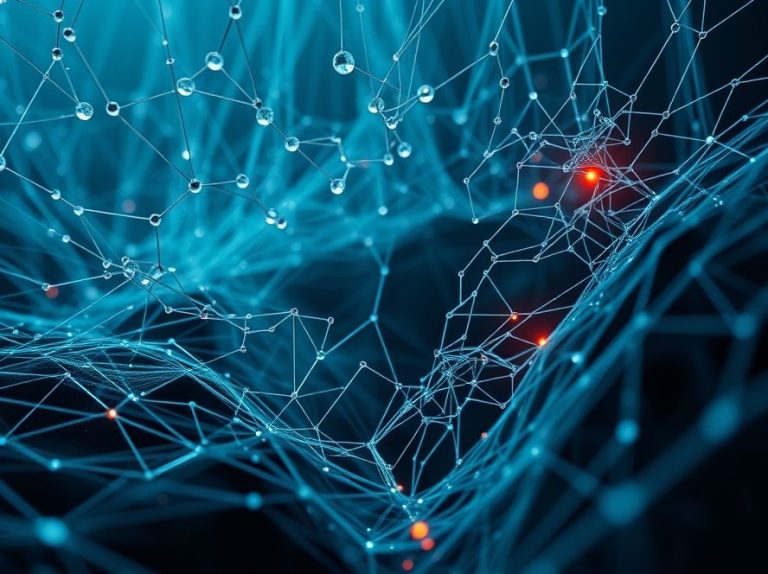Data Augmentation: A Comprehensive Glossary
Data Augmentation refers to a set of techniques used to enhance the size and diversity of training datasets by applying various transformations. This process is crucial in fields like machine learning and artificial intelligence, where the quantity and quality of data directly impact model performance.
Understanding Data Augmentation
At its core, Data Augmentation involves creating new data points from existing data by applying transformations that preserve their labels. The goal is to improve the robustness of models against overfitting, especially when the available data is limited. By artificially expanding the dataset, practitioners can train more effective models that generalize better to unseen data.
Why is Data Augmentation Important?
Data Augmentation is particularly important in the context of:
- Machine Learning: Models require large amounts of data to learn effectively. Augmentation helps when data is scarce.
- Overfitting Prevention: By diversifying the training set, models are less likely to memorize the training data.
- Improving Model Accuracy: More varied data can lead to better performance on real-world tasks.
Common Techniques for Data Augmentation
There are various techniques employed in Data Augmentation, each suitable for different types of data:
1. Image Data Augmentation
For image datasets, common techniques include:
- Rotation: Rotating images by a certain degree can help models recognize objects regardless of orientation.
- Flipping: Horizontally or vertically flipping images creates additional variations.
- Scaling: Changing the size of images simulates different distances from the camera.
- Color Jittering: Modifying brightness, contrast, and saturation introduces variations in lighting conditions.
2. Text Data Augmentation
For textual data, techniques may include:
- Synonym Replacement: Replacing words with their synonyms to create variations of sentences.
- Random Insertion: Adding random words into sentences to enhance variability.
- Back Translation: Translating a sentence into another language and then back to the original language to create paraphrases.
3. Audio Data Augmentation
In audio datasets, techniques can involve:
- Pitch Shifting: Altering the pitch of an audio clip without affecting its tempo.
- Time Stretching: Changing the speed of an audio clip without altering its pitch.
- Additive Noise: Adding background noise to improve model robustness to real-world conditions.
Real-World Applications of Data Augmentation
Data Augmentation finds applications across various domains:
1. Computer Vision
In image recognition tasks, such as those in autonomous driving, augmented datasets help models learn to recognize objects in diverse scenarios, improving safety and performance.
2. Natural Language Processing
In chatbots and sentiment analysis, augmenting training data with varied phrasings enhances the ability of models to understand and respond to user inputs effectively.
3. Speech Recognition
Augmenting audio datasets helps in training voice assistants by simulating different accents and background noise conditions, allowing for better recognition in real-world settings.
How to Implement Data Augmentation in Practice
Incorporating Data Augmentation into your projects can be straightforward:
- Choose the Right Techniques: Select augmentation methods that suit your data type (images, text, audio).
- Use Libraries: Many libraries like TensorFlow and PyTorch provide built-in functions for data augmentation.
- Monitor Model Performance: Regularly evaluate how well your model performs with augmented data and adjust techniques as needed.
Related Concepts
Data Augmentation is closely related to several other concepts in machine learning:
- Transfer Learning: Using pre-trained models as a starting point can complement data augmentation efforts.
- Regularization: Techniques like dropout can be used alongside data augmentation to further prevent overfitting.
- Synthetic Data Generation: Creating entirely new data points rather than augmenting existing ones.
Conclusion: The Value of Data Augmentation
Data Augmentation is a powerful technique that enhances the quantity and diversity of training datasets, leading to better model performance. By understanding and implementing these strategies, professionals and students alike can significantly improve their machine learning projects. Whether you’re working with images, text, or audio, embracing Data Augmentation can help you unlock the full potential of your data.
Reflect on how you can incorporate Data Augmentation into your next project to elevate your machine learning outcomes.









